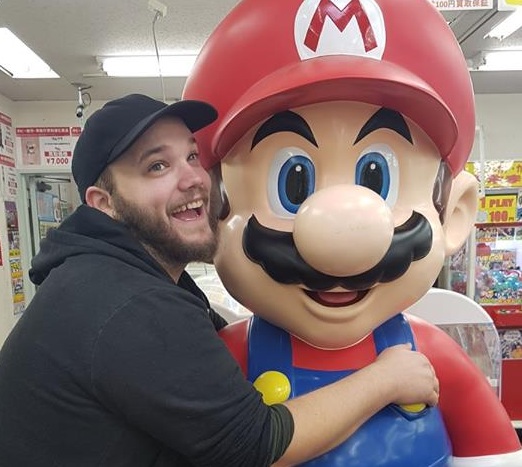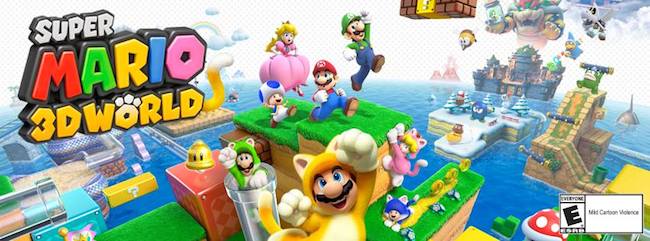
Generally when we think of Mario, the first thought that pops into our heads is a small, potato-shaped, mustachioed man stomping on animals and smashing bricks. In fact, that single thought isn’t just a vague idea of who Mario is, it is actually a pretty good cover-all for the sorts of things you do in pretty much every single Mario game. The series itself is older than I am, and after so many years, just like many Nintendo games, it has developed a set of standards that the gaming industry has come to expect of it. It doesn’t always have to be the same game, but each one does have to include many of the same concepts that are just staples of the franchise.
We know that Mario games are going to be released year after year, it’s simply to be expected, and as such, we also know we’re likely going to play them because Mario is an industry standard. Mario’s presence in a game alone is almost synonymous with “guaranteed quality”. After all a Mario game without Mario as the main character, or at least a playable one, because that would just make for an awful and confusing game. After (literally) 200 games involving Mario, one would hope that they have a pretty good idea of what they’re doing. Recent entries into the franchise suggest that this is certainly the case and that Nintendo are “on”, likely in some kind of ball-related capacity. Which makes me wonder where those standards went when the design team got together on Super Mario 3D World, a game that embodies “mediocre” and proves that “next-gen” isn’t the same as “amazing”.
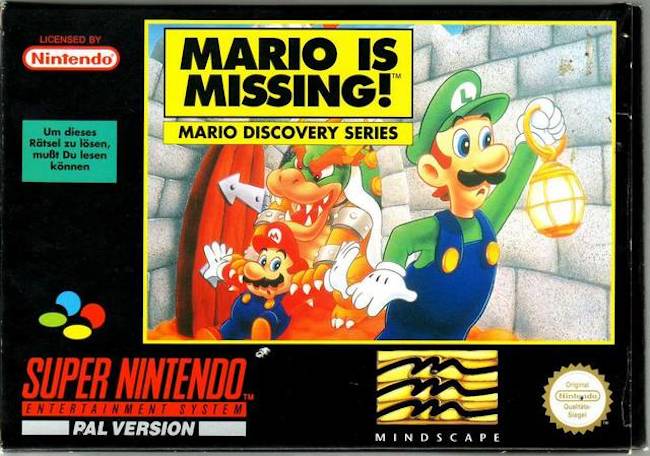
There’s a lot to talk about here, but not much about the story itself as a coherent narrative is pretty much absent from the game. Traditionally, at least as far as “classic” Mario is concerned, “Bowser kidnaps Peach” is pretty much the only story that the game, and by extension the player, needs in order to move things along. A damsel has been kidnapped, so Mario runs off to go save her; it’s what he does. In saying that, the Mario franchise has been known to pull some nuggets of greatness from seemingly nowhere, as seen in titles like Super Mario RPG: Legend of the Seven Stars, Paper Mario: The Thousand Year Door, and most recently, the “Mario & Luigi” DS games.
Story can exist in Mario games. Just because it’s mostly about dudes or… whatever toads are, jumping on, over, into, and through things doesn’t mean that this should be the highlight of the narrative that we see. Unfortunately, 3D World disagrees, and so the only understanding we have of the games premise is this image:
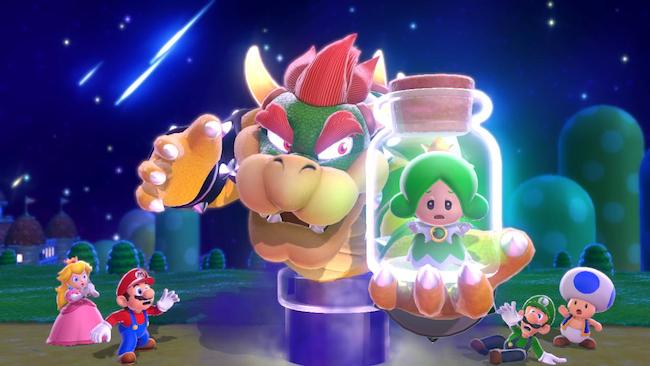
A picture is worth a thousand words, and while this one has a lot to say about what Bowser might have done to that Fairy Princess, it also doesn’t give any explanation as to why. Alas, it’s all we’re given, and that is how it shall remain for the rest of the game, since the ending doesn’t shine any light on why Bowser was kidnapping these things Zelda-style (unless you take into account his well established “dickishness” throughout the series). One might say the same about his constant abductions of Princess Peach, but the game manages to so completely over-look the story that I had to source answers from Wikipedia to even find out the name of those fairy things.
I’ve seen games that have phoned in the story before, I’ve seen games that hide parts of the story to create intrigue, and there are more still that just do-away with story entirely since it isn’t really needed. However, this is the first game I’ve played that just decides not to elaborate on the story purely because, after all this time, it just assumes you know what’s going on because it’s playing to the safest conventions it knows. The problem comes when those conventions are so over-done that the horse that’s being beaten can’t even be physically recognised as a horse anymore, it’s a foul looking mush that Mario keeps jumping on in the hopes that money will come out.
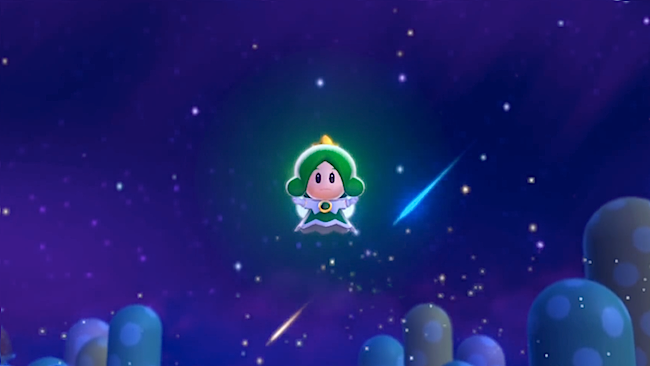
When there’s limited story to generate player interest, as is the case with 3D World relying almost entirely on background knowledge of the franchise to convey narrative, design becomes fundamental in generating player motivation. If the design of a game changes constantly throughout, but without the explanation of narrative, it can easily saturate the experience with so many “novel” experiences that the game as a whole loses focus. 3D World has a lot of great ideas, but tries to fit too many into a single game, with many ideas feeling under-developed.
Quick, think about your favorite Mario level from any of the games across the series. Now, think about the group of levels, or the “World”, in which that level is nested. Chances are pretty good that level, or group of levels, follows a theme which is applied either to that area of the game, or the entire game. For Mario Sunshine it was the graffiti being plastered all over the place, for Mario & Luigi: Dream Team Brothers it was weaving in and out of dreams to affect reality, and in Super Mario World each of the different areas had some kind of geological theme going on.
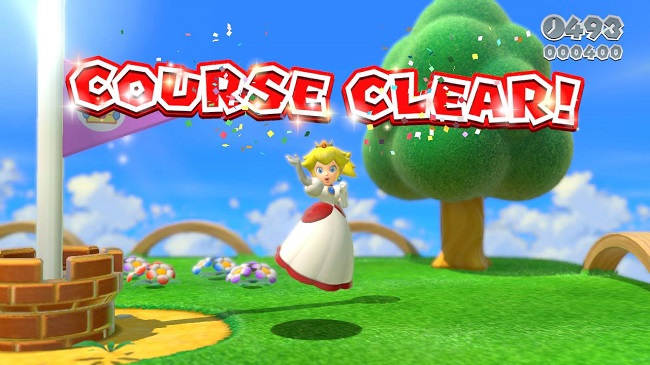
In this sense, the series has always reinvented the theme that drives players to keep exploring. This is achieved by the narrative leading the player, but often what keeps the player rooted in that narrative is the atmosphere created by the consistent theme in level design. It can be a difficult feat to pull off in the absence of provided narrative, but in 3D Word, the setting of the hub world through which you travel usually contradicts the setting of the levels you enter. It causes a lot of the levels to lose some of their meaning within the context of the whole game, and really made me question why I was trying to stop Bowser other than the fact than “He’s just Bowser.”
It can’t be denied that many of the levels in 3D World are fun, especially if they involve Plessie the Dinosaur, and it’s clear that more than a few of these were designed with multi-player in mind. There’s a level which has the players navigate by using the shadows that their figures cast on the wall, as well as an admittedly funny joke based on the use of this mechanic. Though this is only one example, there are more still, including my personal favorite of the game which had players evading spotlights at a Bowser castle lest they be fired on by Bullet Bills.
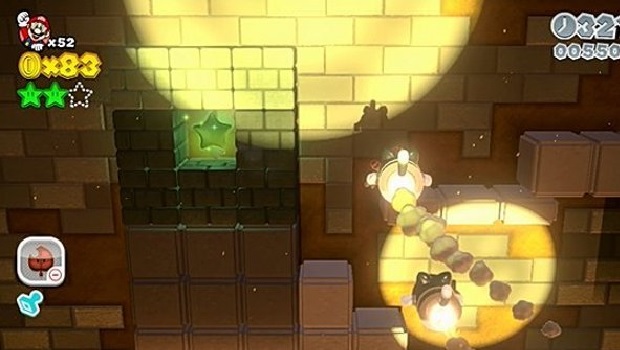
Designing each level to be unique from each other is certainly a good way to maintain player interest, except that this isn’t quite the way it plays out either. It can’t be said that every level is indistinguishable from one another, but so few ideas are particularly well developed, or consistent within the game. Essentially, the end result feels as if you’re playing a succession of demo levels. 3D World has also adopted the recent industry trend of including throw-backs from its own back-catalogue, except it’s missed the point of using references and mistaken them for “core mechanics”. Even the enemies that you fight your way through are members of the “best of” list of Mario’s Rogues Gallery, with only a couple of new additions to ensure there is at least something original in 3D World.
The problem is that while the power-ups get as much attention as they deserve, there’s nothing else to really fill the gap that other game mechanics normally would have. The rest of the game follows a simple process, and it seems that without the Mushroom and Fire Flower, Nintendo feared some kind of violent uprising from its audience, and put an end to any creativity that might have seeped into the cracks of the game somewhere.
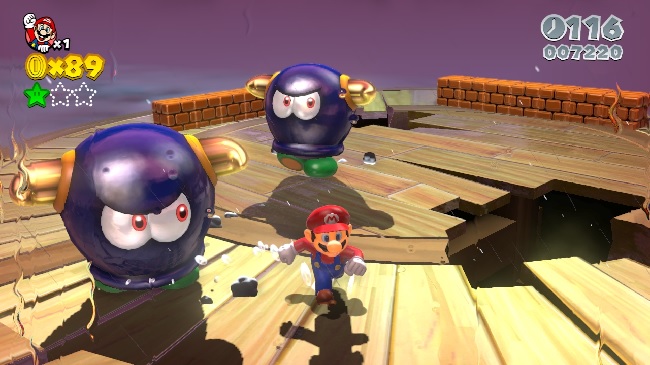
Honestly, every one of the Galaxy games had more variety in power-ups than 3D World, and with better pacing as well, since every power-up in 3D World can be found in the first world. If you were to look at the design of Super Mario 3D World totally independently from any other Mario game, then this might be a fantastic game, because Mario itself is a fantastic design. However, when compared to the rest of the series, you can imagine the initial design outline document as something of a Mario Mad Libs, with parts from other Mario games copy-pasted in.
However, with that being said, it deserves to be highlighted that for all of the flaws in comparison to it’s own franchise, Super Mario 3D World is still a very well made game. Admittedly, the gameplay might stick within tried and true Mario conventions, but those conventions are tried and true for a reason – the game is still fun, and it tries to maintain a sense of challenge in the gameplay. The reflex puzzles aren’t always so easy to pull off, and still sometime manage to give a sense of victory when you do, especially having collected everything along the way. Depending on your skill level, the game can be over quickly. However, Multiplayer is a different creature entirely, one that paradoxically amplifies the difficulty and entertainment levels at the same time with each extra player. The most fun I had with 3D World was when I was playing with a full group, despite progressing only a whopping whole world after several hours of playing and losing enough lives to kill the entire cat population of Rome.
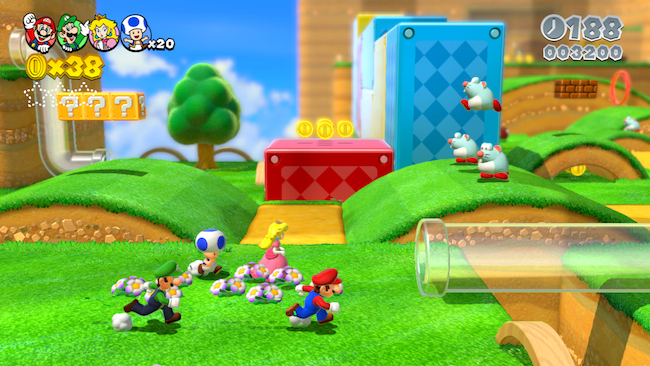
Visual presentation is one thing Super Mario 3D World didn’t just get right, but excelled at, to a point where the graphics of this game rival even the most beautifully animated Disney films for charm and wonder. Nintendo games, Mario in particular, have been on a steady incline over the years as far as appearance is concerned, and it’s wonderful to see that the Wii U is allowing developers to reach new heights with graphical design. And so, While the general gaming community has been divided and distracted with the latest “Console War”, screeching at one another from opposing sides about how many jigga-pixels their respective machines can render, Nintendo have been quietly milling away at titles whose graphics are reaching out to grasp the intangible title of “art”.
The Wii U is by no means as powerful as its fellow “next-gen” counterparts, and honestly, it’s never going to be able to compete with them when producing photo-realistic graphics for anything outside of a slide-show. When 3rd party titles like Assassin’s Creed get shared around the console party, putting them out on the Wii U is a little like letting the special needs children onto the court five minutes before the end of the game, because what harm could it really do? However, with that being said, the consoles inability to create similar, life-like graphics are far from a failing, which is something that Nintendo has instead embraced in order to refine a particular style that has marked their games as being very attractive without being some kind of visual miracle of modern-technology.
 Unmistakable Mario game mechanics
Unmistakable Mario game mechanics Visual presentation that could rival Disney
Visual presentation that could rival Disney Introduces some interesting new concepts
Introduces some interesting new concepts 4-Player Co-Op in 3D environment
4-Player Co-Op in 3D environment
 Short main-game completion
Short main-game completion Moderately unimaginative game design
Moderately unimaginative game design Under-developed core concepts
Under-developed core concepts Little to no narrative
Little to no narrative Poor camera control during multiplayer
Poor camera control during multiplayer
3D World is uncomplicated to the point of by-the-numbers simplicity, and while that can sometimes be a plus in games that have a point to make, when applied to a Mario game, it’s the same as saying “this is more of what you’ve played before, but with even fewer changes!” Mario, both as a character and a franchise, is one of the great gaming titans, with the series itself being a veritable lynchpin in bringing the modern gaming industry to where it is today. He is great, in the truest sense of the word, and any series that has run as long as his can’t be expected to knock one out of the park every single time. However, if this game had set out to accomplish something grander than it has before, and still failed in that attempt, I would have at least praised it for trying to be different.
As it stands, 3D World is a good game in the sense that it isn’t broken with bugs and glitches, it plays well and still provides a pedigree of fun in the way that any Mario game should. However, If you were to compare it to the standards of its own franchise, a franchise that has always attempted to change up its style from generation to generation, 3D World just feels like more of the same. It tries to shake things up, but for the most part, doesn’t follow through, and in the end it didn’t leave a lasting impression on me. It isn’t that it should be different because of the advent of this generation in particular, but it should be different because we’re now in this new generation, and that implies that there should be some degree of evolution. If not, why bother having a new generation at all?

